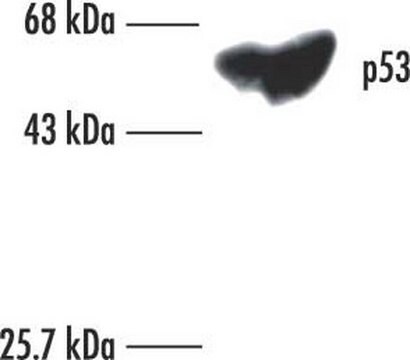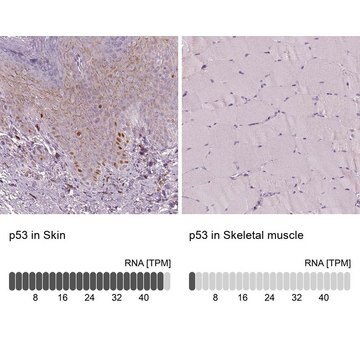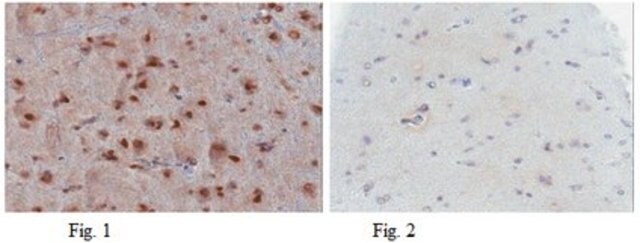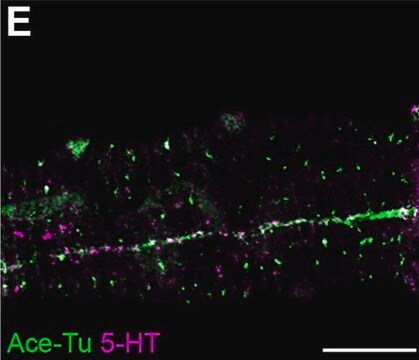OP09
Anti-p53 (Ab-2) (Pantropic) Mouse mAb (PAb1801)
liquid, clone PAb1801, Calbiochem®
About This Item
Productos recomendados
origen biológico
mouse
Nivel de calidad
forma del anticuerpo
purified antibody
tipo de anticuerpo
primary antibodies
clon
PAb1801, monoclonal
formulario
liquid
contiene
≤0.1% sodium azide as preservative
reactividad de especies
human
no debe reaccionar con
mouse, rat
fabricante / nombre comercial
Calbiochem®
condiciones de almacenamiento
do not freeze
isotipo
IgG1
Condiciones de envío
wet ice
temp. de almacenamiento
2-8°C
modificación del objetivo postraduccional
unmodified
Información sobre el gen
human ... TP53(7157)
Descripción general
Inmunógeno
Aplicación
Gel Shift (see comments)
Immunoblotting (2.5 µg/ml)
Immunoprecipitation (1 µg/sample)
Paraffin Sections (5 µg/ml, pepsin, trypsin, or heat pre-treatment required)
Envase
Advertencia
Forma física
Nota de análisis
SK-OV-3 cells or normal skin
A431 cells or breast carcinoma tissue
Otras notas
Greenblatt, M.S., et al. 1994. Cancer Res.54, 4855.
Barak, Y., et al. 1993. EMBO J.12, 461.
Kastan, M.B., et al. 1992. Cell71, 587.
Kuerbitz, S.J. 1992. Proc. Natl. Acad. Sci. USA89, 7491.
Lane, D.P. 1992. Nature358, 15.
Kastan, M.B., et al. 1991. Cancer Res.51, 6304.
Información legal
¿No encuentra el producto adecuado?
Pruebe nuestro Herramienta de selección de productos.
Código de clase de almacenamiento
10 - Combustible liquids
Clase de riesgo para el agua (WGK)
nwg
Punto de inflamabilidad (°F)
Not applicable
Punto de inflamabilidad (°C)
Not applicable
Certificados de análisis (COA)
Busque Certificados de análisis (COA) introduciendo el número de lote del producto. Los números de lote se encuentran en la etiqueta del producto después de las palabras «Lot» o «Batch»
¿Ya tiene este producto?
Encuentre la documentación para los productos que ha comprado recientemente en la Biblioteca de documentos.
Nuestro equipo de científicos tiene experiencia en todas las áreas de investigación: Ciencias de la vida, Ciencia de los materiales, Síntesis química, Cromatografía, Analítica y muchas otras.
Póngase en contacto con el Servicio técnico








